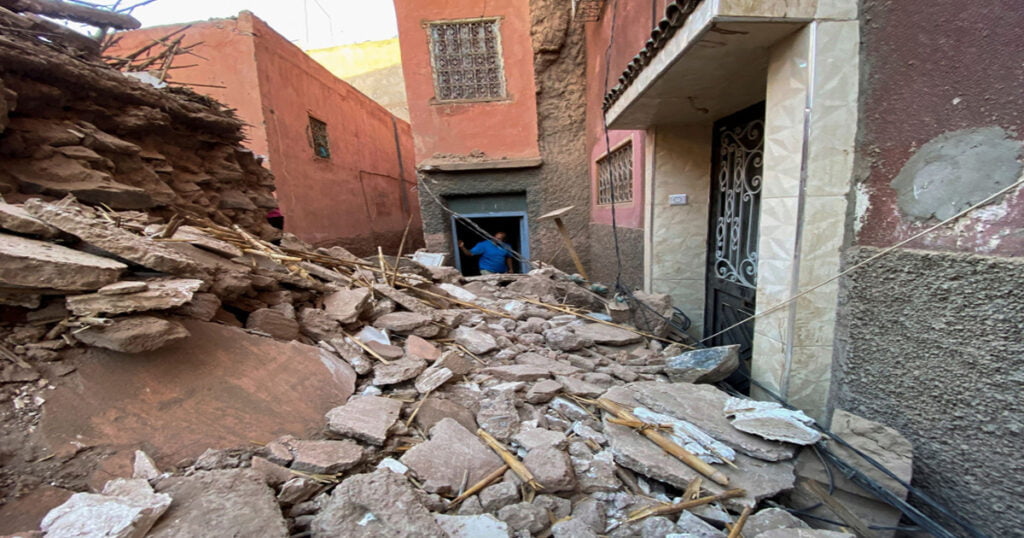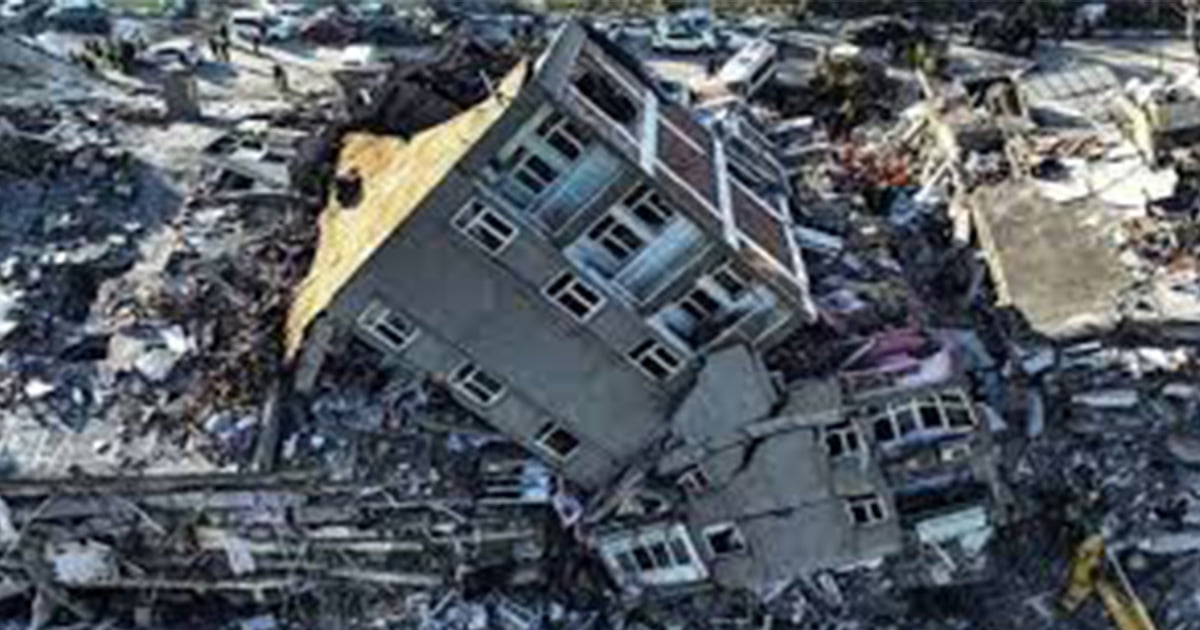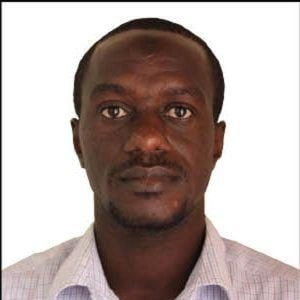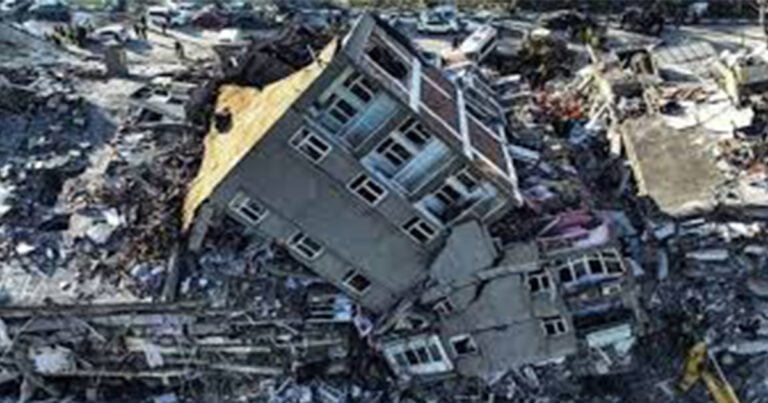The recent Morocco earthquake has sent shockwaves through the nation and garnered international attention. With a magnitude of 6.8, it’s categorized as a “strong” earthquake, and its epicenter was in the High Atlas mountains, approximately 72 kilometers southwest of the vibrant city of Marrakech. This seismic event, the strongest in over a century, has left devastation in its wake. In this blog post, we will delve into the details of this earthquake, its consequences, and the international response it has generated.
Morocco Earthquake: The Basics
Location and Timing
The earthquake struck on a fateful night, shortly after 11 p.m. local time. Its epicenter, nestled in the High Atlas mountains, caught residents by surprise, including those in the popular tourist city of Marrakech, which is home to around 840,000 people.
Casualties and Ongoing Risks
Tragically, the earthquake has claimed more than 800 lives, and this number is expected to rise. Expert analysis suggests the likelihood of multiple aftershocks, some potentially reaching the “high fives” on the magnitude scale. These aftershocks pose additional risks to the affected regions.
Challenges Faced
Rescue Efforts and Access Issues
Rescue teams have been working tirelessly to reach the hardest-hit areas. However, damaged or blocked roads have presented formidable challenges. Some Marrakech residents were forced to spend the night outdoors, and traffic congestion has hindered the rapid evacuation of patients and tourists.
First-Hand Accounts
Eyewitnesses living near the epicenter have painted a grim picture of the aftermath. Villages lay in ruins, and houses are in precarious conditions. Fatima, a resident from the town of Asni, recounted her harrowing experience: “I barely got the chance to grab the kids and run out before I saw my house collapsing in front of my eyes.” Similarly, Mohammed from the town of Ouirgane lost four family members and his home. The lack of immediate help in remote areas exacerbates the situation.
International Response
Global Support and Assistance
The international community has rallied to support Morocco in this time of crisis. Indian Prime Minister Narendra Modi offered “heartfelt condolences” at the G20 summit. The United Nations, along with countries like Israel, the UAE, the U.S., and France, has pledged assistance to aid in the recovery efforts.
Magnitude and Uncommon Occurrence
Seismic Characteristics
The earthquake’s magnitude, at 6.8, was indeed strong and rare for the region. The US Geological Survey notes that there have been only nine quakes of magnitude 5 or higher in Morocco since 1900, with none surpassing a magnitude of 6. Each whole number increase on the scale signifies a 32-fold increase in strength.

Expert Insights
Jonathan Stewart, a professor of civil and environmental engineering, emphasized that even though this earthquake was weaker than some others, it released a significant amount of energy. As a result, it caused substantial damage and had a profound impact.
Conclusion
The recent Morocco earthquake serves as a stark reminder of the unpredictable forces of nature. Its devastating effects have left communities reeling, and the challenges of rescue and recovery persist. However, the global outpouring of support demonstrates the strength of international solidarity in times of crisis. As Morocco continues to grapple with the aftermath, the world watches and stands ready to assist in rebuilding what has been lost.




